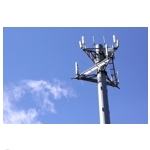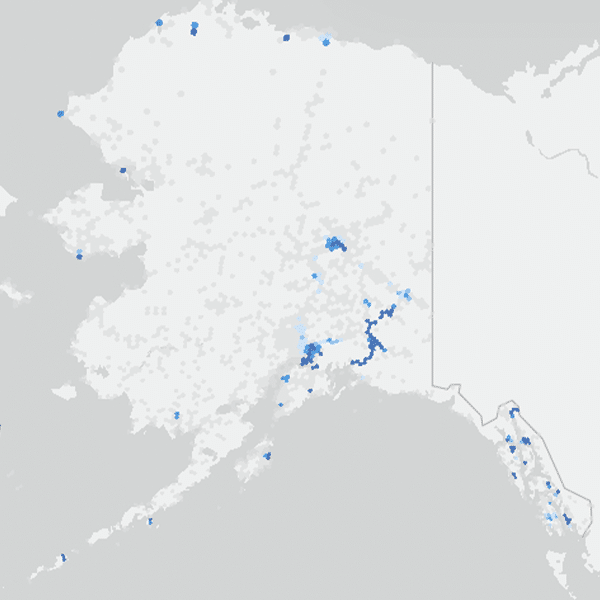 There’s been a lot of public debate about whether limits should be placed on Verizon and AT&T as the government makes plans to auction TV broadcast spectrum in the 600 MHz band. But considerably less attention has been paid to some other equally important decisions that must be made in connection with that auction.
There’s been a lot of public debate about whether limits should be placed on Verizon and AT&T as the government makes plans to auction TV broadcast spectrum in the 600 MHz band. But considerably less attention has been paid to some other equally important decisions that must be made in connection with that auction.
One of the issues is how much spectrum should be made available on an unlicensed basis – a topic that was the subject of a recent FCC workshop which Telecompetitor covered a couple of weeks ago.
Another issue that must be resolved is whether the band plan will be based on paired spectrum or whether some spectrum will be sold on an unpaired basis. Paired spectrum enables carriers to use one swath of spectrum for upstream traffic and a separate swath for downstream traffic, making it well suited for the frequency division duplexed form of the LTE standard known as FDD-LTE.
Most U.S. carriers are deploying FDD-LTE and therefore would like the broadcast spectrum auction to focus on paired blocks. A recent AT&T filing asks the FCC to authorize only FDD operations in the 600 MHz band and argues that a key goal should be to maximize paired spectrum.
But Sprint already has considerable unpaired spectrum and would probably like the opportunity to obtain more. The carrier plans to deploy an alternate form of LTE known as TD-LTE which separates upstream and downstream traffic using time division multiplexing, eliminating the need to use paired spectrum. TD-LTE is popular in other parts of the world – including Japan, where it has been deployed by Sprint’s new owner Softbank.
Geographic decisions
Another open issue is the size of the geographic areas that 600 MHz licenses will cover. In previous auctions the FCC has used several different geographic approaches, including offering licenses on an economic area (EA) basis or on a cellular market area (CMA) basis.
The EA approach uses considerably larger geographic areas than the CMA approach. While the EA approach divides most states into two to five separate licenses, the CMA approach includes considerably more licenses per state.
The Competitive Carriers Association advocates using the CMA approach in the 600 MHz auction. Last week the group released a paper written by research firm Summit Ridge Group supporting that view.
“The territory size used for spectrum licenses is as important for valuing spectrum as the parcel size is to real estate value,” the report says. “If all plots were 50 acres, parcels in Manhattan would be too expensive and too large for most.”
Similarly “for carriers who are compelled to bid for wrong-sized spectrum license packages, the added cost may be sufficient to discourage their participation,” the authors argue.
The report also notes that using smaller license areas would reduce the amount of spectrum lost as a result of international border coordination with Canada and Mexico or other encumbrances.
Are compromises possible?
Perhaps the FCC will attempt to use different geographic areas for different portions of the spectrum swath freed up through the broadcast auction. Potentially the commission also could opt to make a mixture of paired and unpaired spectrum available.
But complicating matters is the fact that no one knows how much spectrum TV broadcasters will voluntarily relinquish. Accordingly any plan the commission makes will need to plan for various amounts of total spectrum. And planners will have to decide which portion of the band plan will be eliminated if the amount of spectrum freed up is on the low end of what has been estimated.

